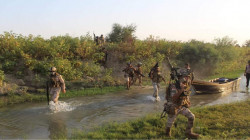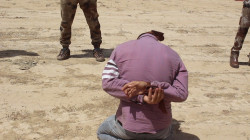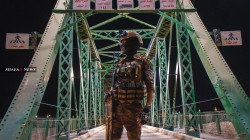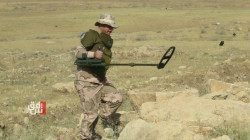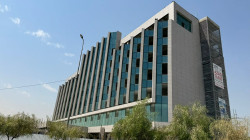Nineveh restores all ISIS-destroyed bridges, unveils new infrastructure projects
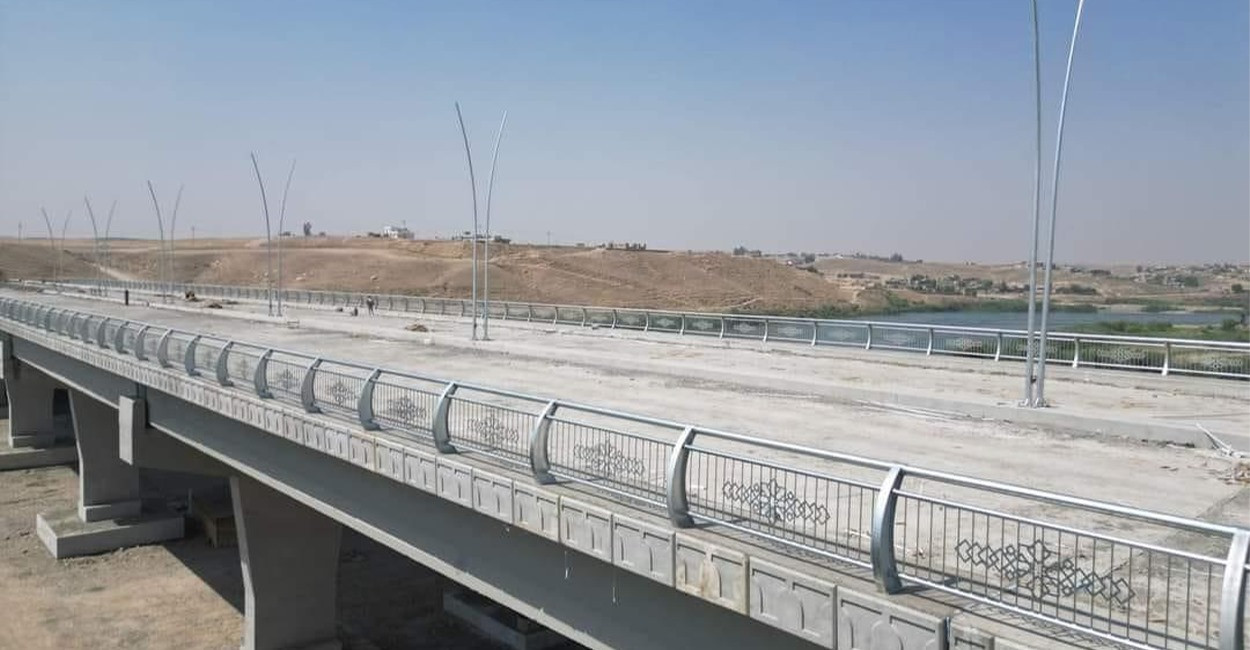
Shafaq News / On Tuesday, theNineveh Roads and Bridges Directorate announced that the Iraqi governorate completed the restoration of all bridges destroyed during the ISIS era.
Director Radwan Al-Shahwani told Shafaq News Agency, "All major bridges on the Tigris River, as well as bridges over the smaller rivers within Mosul, in districts and sub-districts, and bridges over valleys and external roads, have been fully reconstructed."
"Following the completion of work on the destroyed bridges, the Directorate has also finished several road and bridge projects in and around Mosul, including the Munira Bridge south of Mosul, the parallel bridge to the Old Iron Bridge, and the Sixth Bridge," he added.
Al-Shahwani further revealed plans for "the upcoming construction of the Seventh Bridge over the Tigris River in Mosul," noting that "this bridge will extend from southeast Mosul on the left bank, crossing the river towards the area near Mosul Airport, and connecting to the Baghdad Road and Mosul's ring road."
When ISIS seized control of Mosul, the terrorist group transformed the prominent Iraqi city into its main base, marking one of the most devastating periods experienced in modern times by the city and its inhabitants. Mosul's bridges were destroyed due to ISIS actions, disrupting not only local movement and daily life but also impacting regional trade and economic activities.
The city has been historically significant as a vital link between the East and the West, owing to its strategic bridges, including those over the Tigris River. The bridges that connect Mosul's right and left sides (Nineveh) play a pivotal role in the region's historical and geographical context.
After driving out the terrorist group, the extent of devastation in Mosul gained international attention. The task of rebuilding was staggering, requiring an in-depth assessment of the extensive damage and a comprehensive reconstruction plan. Immediate priorities for the Iraqi successive governments included reviving vital services such as water, electricity, and accessible healthcare and reconstruction of roads, houses, and archeological sites with international support.
